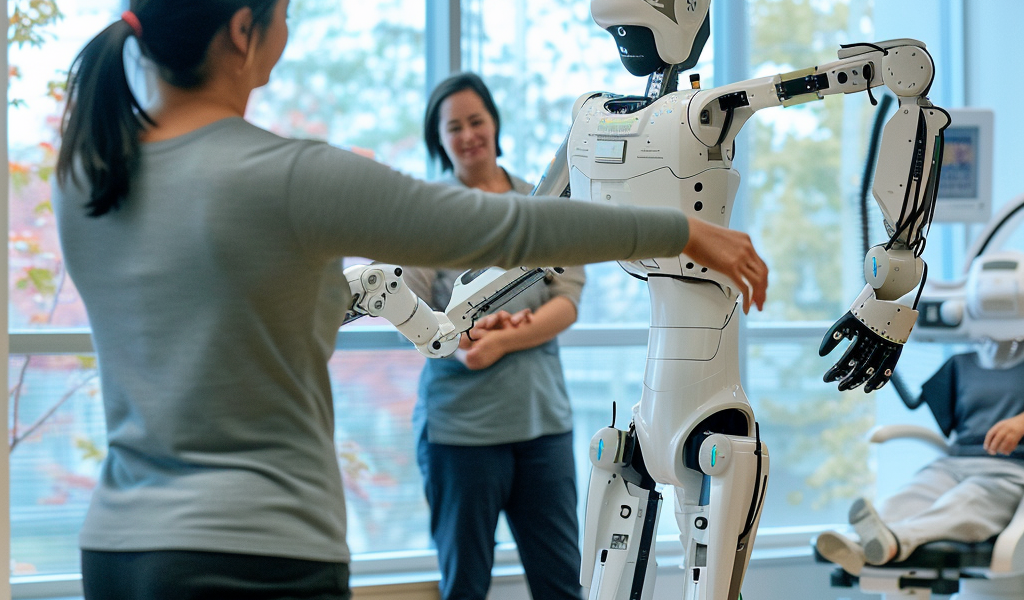Rehabilitation robots have been a topic of interest since their introduction in the 1990s, designed to assist individuals in regaining functionality after injuries, particularly strokes. As technology progresses, the efficacy of these robotic systems continues to be scrutinized, prompting the question: do they genuinely aid in recovery?
A recent meta-analysis and systematic review has ignited discussions surrounding the effectiveness of upper extremity (UE) robotics in post-stroke rehabilitation. The findings reveal a nuanced picture of the impact these robots have on recovery, shedding light on both their potential and limitations.
The comprehensive review analyzed data from over 4,000 patients undergoing rehabilitation with robotic assistance. The researchers concluded that while there were small statistically significant improvements in certain aspects of upper extremity function, these gains did not translate into substantial clinical benefits for the patients involved. For instance, the study noted a mere 3% increase in strength among participants, which is unlikely to make a discernible difference in daily life activities.
The researchers observed that the benefits of robotic rehabilitation seemed to be more pronounced in specific circumstances. They indicated that individuals with some potential for upper limb recovery, particularly when treated early post-stroke, might see the most significant advantages from robotic interventions. However, the overall consensus was clear: the improvements observed were modest at best.
Gert Kwakkel, the study leader, emphasized the robustness of the findings, stating that the evidence gathered was consistent across various types of robots, regardless of their cost or additional features like virtual gaming displays. The absence of a significant positive effect suggests that the hype surrounding arm robots may outweigh their actual therapeutic benefits.
Despite the study’s critical findings, the researchers maintain a balanced perspective on the future of rehabilitation robotics. They caution against dismissing the technology as entirely ineffective, highlighting that the modest results may stem from a lack of understanding of the underlying mechanisms at play in motor learning and recovery post-stroke.
Interestingly, the study also pointed to the potential of robotics that incorporate brain-machine interfaces, suggesting that these may hold more promise for enhancing rehabilitation outcomes. This indicates a need for further exploration and innovation in the field of rehabilitation robotics to better align with the complexities of human recovery processes.
As the conversation about rehabilitation robots evolves, it is essential for both practitioners and patients to remain informed about the current evidence and its implications. While the research highlights the limitations of existing robotic systems, it also opens the door for future advancements that could lead to more effective rehabilitation strategies.
In conclusion, the discourse surrounding rehabilitation robots is far from settled. As technology and our understanding of rehabilitation continue to evolve, ongoing research will be crucial in determining how to best leverage these tools for patient recovery.





